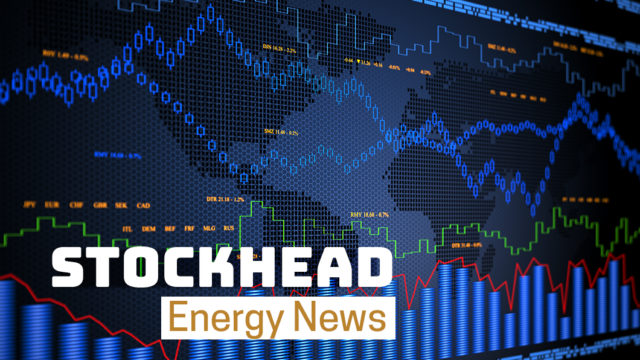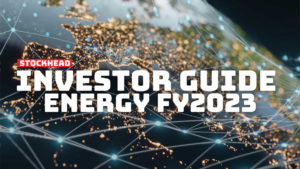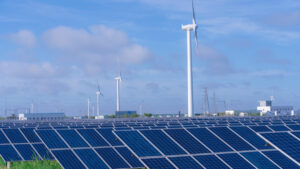• Restocked Redflow chasing expansion in US market for zinc bromide batteries
• GEV signs MoU with $8bn Finnish partner to develop propulsion system for hydrogen export ship
RedFlow looks to raise $20 million+ to support US expansion
Brisbane’s RedFlow (ASX: RFX) has been working to get its zinc-bromide batteries offshore and into the US market, signing a deal in March to supply 192 zinc-bromine batteries for a 2MWh storage facility in California.
The company emerged from a trading halt this morning announcing a fresh raising consisting of a $5 million investment from America’s New Technology Group and the launch of an entitlement offer for up to $17.71 million.
It last tapped the market for cash in July 2020.
RedFlow noted support for flow storage from the new Biden administration on top of positive market dynamics – with more new energy storage popping up in 2020 than across 2013-2019 combined – as reasons behind its decision to target the US market.
California, where its initial investment will be based, wants to reach 100% zero carbon electricity by 2045, the company noted.
The funds raised will also be used to complete a new generation battery development, to increase manufacturing capacity, R&D and working capital.
RedFlow share price today:
GEV secures tech partnership for hydrogen ship propulsion
Global Energy Ventures (ASX: GEV) has signed up Finnish marine propulsion specialist Wärtsilä with an MoU to design an electric drive propulsion system for its hydrogen export vessels.
GEV has pivoted sharply to the hydrogen space over the past year with the design of its 2000t C-H2 ships.
It aims to have a 430t pilot fleet in the water around the middle of the decade to take advantage of the development and nascent export market of new green hydrogen projects.
Wärtsilä, which is valued at around $8 billion, has rolled out marine electric drive propulsion systems for the past 25 years and under the MoU will be responsible for integrating power generation with hydrogen-blended fuels in the C-H2 system.
It comes on top of a MoU GEV struck with North American listed Ballard in February to deliver a hydrogen fuel cell system for the C-H2 ship.
That would theoretically enable the C-H2 ship to be powered using compressed hydrogen, removing carbon emissions from the marine leg of the supply chain.
GEV plans to begin building pilot-scale vessels in 2023 and is banking that the transition required in power supply from fossil fuels to renewable sources to underpin net zero targets will see the need for 1000s of ships designed to carry hydrogen cleanly.
“If the world is to transition to net zero, then just how big would the market be for ships to carry hydrogen?” CEO Martin Carolan told Stockhead.
“Today there are more than 600 LNG tankers and 2000-plus oil tankers on the water.
“The marine industry will need thousands of ships to transport the equivalent energy as hydrogen. GEV is at the front of the queue in terms of developing a marine carrier.”
GEV has approval in-principle from the American Bureau of Shipping for its full-scale model and is now progressing approvals for its 430-t pilot ship.
The company is eyeing full-class approvals by late 2022.
Global Energy Ventures share price today:
You might be interested in












